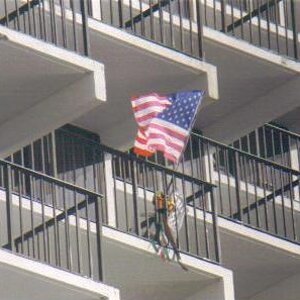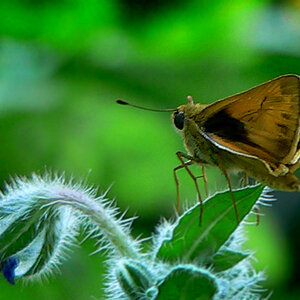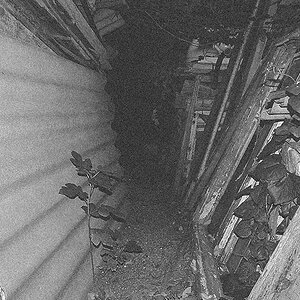Tuffythepug
No longer a newbie, moving up!
- Joined
- Jul 17, 2012
- Messages
- 851
- Reaction score
- 278
- Location
- northern California
- Can others edit my Photos
- Photos OK to edit
the bigger the opening the more light, the more detail
actually, "the more detail" is not true. Normally a lens is sharpest a couple of "stops" below the maximum. If you wonder how is the correct sequence of f/ numbers: F-number - Wikipedia, the free encyclopedia
Don't automatically assume more light = more detail. Actually too little light as well as too much light can eliminate detail. Too little light and the details will be lost in the dark areas and too much light and the highlights will wash out. There's a middle ground that is the correct exposure in almost every shot


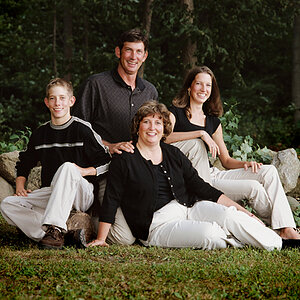
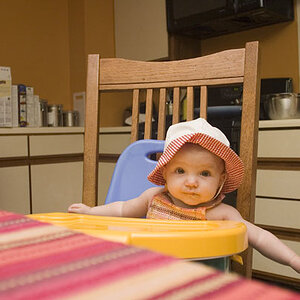
![[No title]](/data/xfmg/thumbnail/39/39288-2d76486ccc9042c6fb525aaaaffff1fb.jpg?1619738957)
